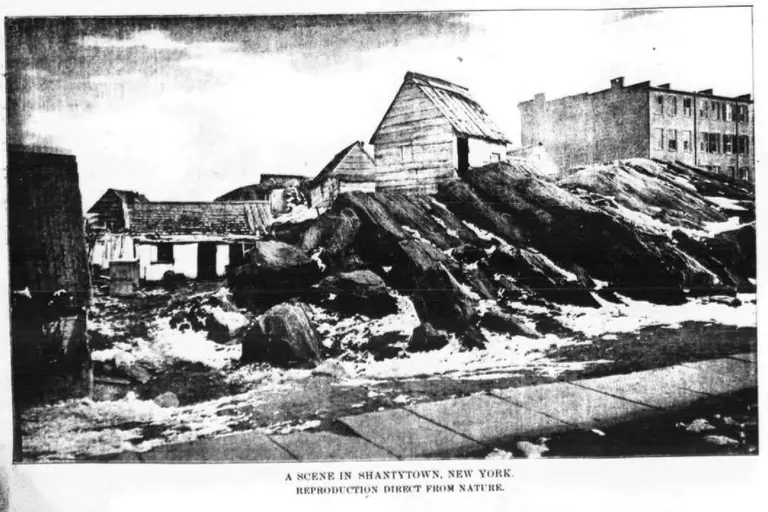April 12, 2016
When the Great Depression hit, homelessness exploded, leaving most cities ill prepared to house this growing population. As 6sqft previously reported, "Homeless people in large cities began to build their own houses out of found materials, and some even built more permanent structures from brick. Small shanty towns—later named Hoovervilles after President Hoover—began to spring up in vacant lots, public land and empty alleys."
The largest such settlement was on Central Park's great lawn, but smaller Hoovervilles popped up elsewhere, especially in Inwood and the Bronx, where many working-class New Yorkers had moved to follow north the construction of the subway. At Spuyten Duyvil Road and 225th Street there was a Boxcar Village, a collection of 40 boxcars where rent was $3 a month to live four men to a car.
The full history, this way

